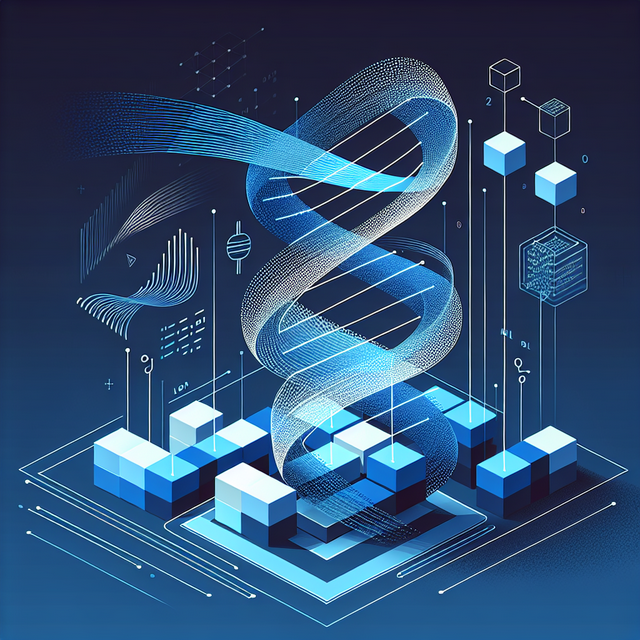
AI-Driven Code Optimization: A Deep Dive
In today’s rapidly evolving software development landscape, AI-driven code optimization has emerged as a game-changing approach to enhancing software performance and maintainability. As organizations increasingly adopt AI-powered coding tools, understanding how to leverage these technologies effectively becomes crucial for staying competitive and ensuring code quality.
Table of Contents
- Understanding AI-Driven Code Optimization
- Manual vs. AI-Driven Optimization
- Key Benefits of AI Code Optimization
- Implementation Challenges and Solutions
- Best Practices for AI-Assisted Code Optimization
- Future Trends and Developments
Understanding AI-Driven Code Optimization
AI-driven code optimization utilizes machine learning algorithms and advanced analytics to automatically identify and improve code efficiency, readability, and performance. This technology analyzes patterns in code structure, identifies potential bottlenecks, and suggests or implements optimizations that might be overlooked by human developers.
Core Components
- Pattern Recognition: AI systems analyze vast repositories of code to identify common patterns and anti-patterns
- Performance Analysis: Automated assessment of code execution efficiency
- Refactoring Suggestions: AI-powered recommendations for code improvements
- Automated Testing: Intelligent test generation and validation
Manual vs. AI-Driven Optimization
| Aspect | Manual Optimization | AI-Driven Optimization |
|---|---|---|
| Speed | Time-consuming | Rapid analysis and implementation |
| Consistency | Variable based on developer | Highly consistent results |
| Pattern Recognition | Limited to individual experience | Learns from millions of code examples |
| Cost | Higher long-term labor costs | Initial investment with long-term savings |
| Accuracy | Prone to human error | Highly accurate within defined parameters |
Key Benefits of AI Code Optimization
Enhanced Performance
AI-powered optimization tools can identify performance bottlenecks that might be invisible to human developers. Using AI Code Metrics’ advanced analysis capabilities, organizations can achieve up to 30% improvement in code execution speed.
Improved Maintainability
AI systems excel at standardizing code structure and implementing best practices consistently across large codebases. This standardization makes maintenance easier and reduces technical debt.
Increased Developer Productivity
By automating routine optimization tasks, developers can focus on more creative and strategic aspects of software development. AI Code Metrics’ platform has shown to reduce optimization time by up to 60%.
Implementation Challenges and Solutions
Security Concerns
Organizations often worry about the security implications of AI-generated code. AI Code Metrics addresses this through:
- Comprehensive security scanning
- Compliance checking
- Audit trail maintenance
- Regular security updates
Integration Complexity
Seamless integration with existing development workflows is crucial. Solutions include:
- Flexible API integration options
- Support for major IDEs and development tools
- Customizable workflows
- Detailed documentation and support
Best Practices for AI-Assisted Code Optimization
-
Start Small
- Begin with non-critical components
- Gradually expand optimization scope
- Monitor and measure results
-
Establish Clear Metrics
- Define performance benchmarks
- Track optimization impact
- Monitor resource utilization
-
Maintain Human Oversight
- Review AI-suggested changes
- Validate optimizations
- Balance automation with expertise
Future Trends and Developments
The future of AI-driven code optimization looks promising, with several emerging trends:
- Advanced Learning Algorithms: More sophisticated pattern recognition and optimization strategies
- Cross-Platform Optimization: Better handling of multi-platform and hybrid applications
- Real-Time Optimization: Continuous optimization during development
- Natural Language Processing: Improved code understanding and documentation
Conclusion
AI-driven code optimization represents a significant leap forward in software development efficiency and quality. As organizations face increasing pressure to deliver high-performance, maintainable code quickly, tools like AI Code Metrics become essential for staying competitive.
To learn more about how AI-driven code optimization can transform your development process, explore AI Code Metrics’ comprehensive platform and see the difference intelligent optimization can make in your software development lifecycle.
Ready to optimize your code with AI? Schedule a demo of AI Code Metrics today and discover how our platform can enhance your development process.